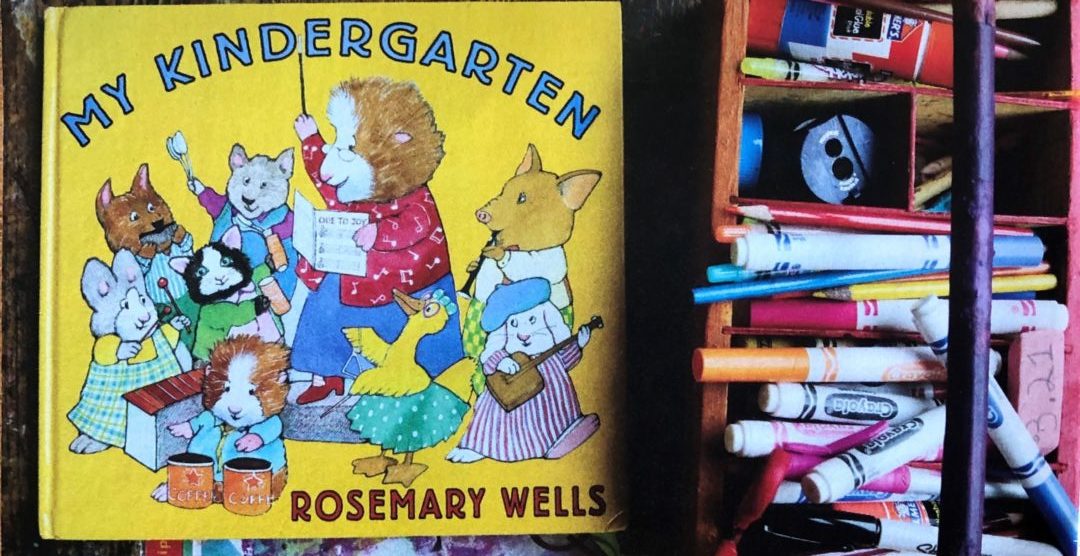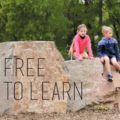You are your child’s most important teacher.
I’m sure you’ve heard the phrase, but I’m going to take this opportunity to shout out from my writer-teacher-mama soapbox to reiterate and emphasize this truth.
I’ve been an educator in the public school system for the past 19 years. I’m on the front lines, so to speak, stepping into a classroom full of young children each school day. My life’s work is dedicated to helping students learn and grow both academically and socially.
One thing I’ve learned in my teaching tenure is that there are limits to what I can do for my students.
I cannot wake them up and get them on the bus each day. I cannot read to them or listen to them read each evening before their (age-appropriate) bedtimes. I cannot be at their home, making sure the papers that come home from school get unpacked from their folder (and looked at) each day.
Things like this are out of my control as an educator, but they’re all simple ways you can make a big difference in your child’s education.
Be involved
Numerous research studies have shown that parental involvement in education has a powerful impact on academic outcomes — including higher grades and test scores, school attendance, social skills and behavior — even more than other factors, such as family income or background.
Being involved in your child’s education doesn’t mean you have to be the president of the PTA. (Although all schools certainly need and appreciate volunteers who are able to go above and beyond to support students and teachers in these important roles).
A study published by the Educational Testing Service found that 90 percent of the difference in eighth-grade mathematics test scores were due to factors such as avoiding absenteeism, having a variety of reading materials at home and limiting television watching.
You can create a home environment that supports learning by doing these five things:
- Create study habits: Monitor screen time and make time for at-home reading each day. This is a valuable habit that has profound educational benefits. If your child doesn’t come home with enough books from school, I highly recommend utilizing your public library as a resource for literature.
- Set a homework routine: Maybe this would be in an after-school program, or at home at a consistent time, such as before or after dinner. Having a designated time allows everyone involved to budget mental energy, which can help alleviate stress and power struggles.
- Get your kid to bed: It’s vital to get to bed — and get to school — on time. Adequate sleep is an important factor in student success. When we’re well-rested, it’s better for our mental health, resiliency and self-control. Families who get enough sleep are more likely to get up and out the door on time, which contributes positively to good attendance, another important factor in student success.
- Follow along closely: Reading school-to-home correspondences is important for caregivers. These often come in the form of emails from teachers or principals, completed work or class newsletters. Being on top of school communication is an important step in understanding what’s happening in your child’s school and classroom and can inspire conversations about learning, too.
- Find your kid’s interests: Support topics your child is learning about and is interested in at home. You can do this with conversations, books and videos, and family outings.
One example from my household is my son’s interest in the U.S Coast Guard. When he was in kindergarten, his teacher read him a Coast Guard rescue story that sparked his curiosity.
Since then, he’s found many more books, videos and toys to support his learning about this branch of the service.
Our whole family has learned about the Coast Guard through his self-directed study. We’ve even made visits to several stations on family trips near big waters. He’s only in the fourth grade, but he’s already set his sights on studying at the U.S. Coast Guard Academy with a career of service in the Coast Guard.
There are certainly many more ways in which you can support your child’s education from home, but these ideas are a great place to start!
Megan Devine is an elementary school teacher who lives with her husband and four school-age children in Northeastern Minnesota. Follow her blog — Kids, Lakes, Loons and Pines — at megdevine.com.




















